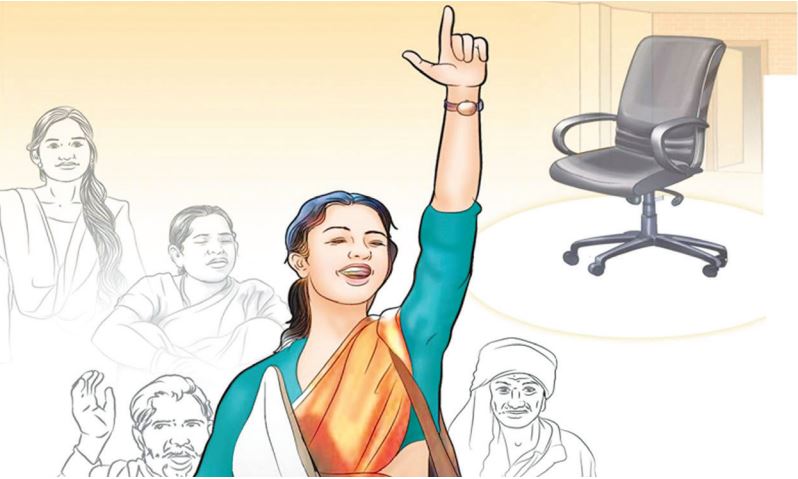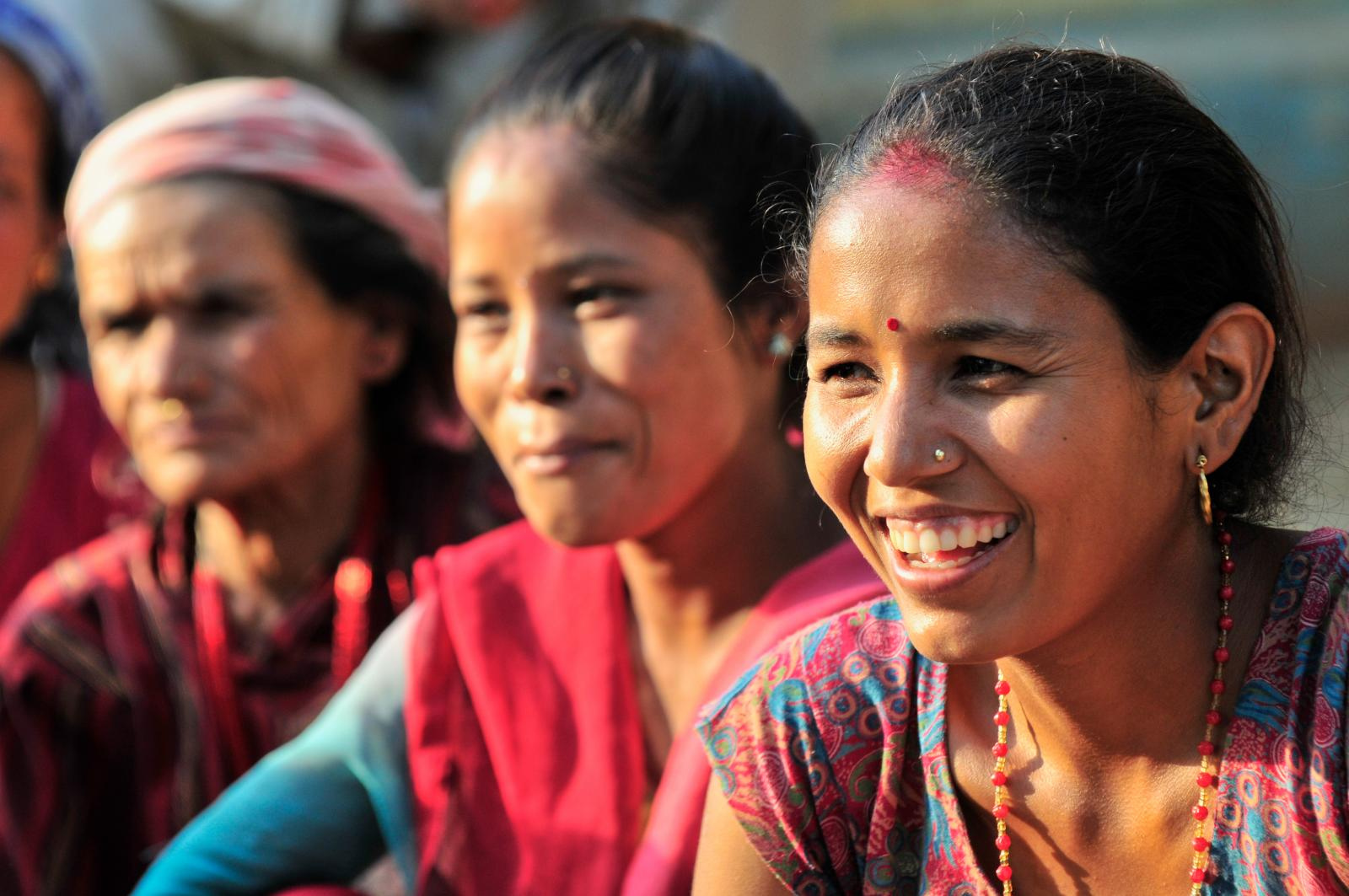Air pollution: Women, pregnant women, children and marginalized communities are most affected

Air pollution has become one of the most pressing public health crises of our time. From urban smog to rural smoke, the air we breathe is increasingly filled with harmful particles and toxic gases that pose serious threats to human health and the environment. But not everyone is affected equally. Studies and real-life experiences reveal a disturbing truth: women, pregnant women, children, and marginalized communities suffer the most from the impacts of air pollution.
The Invisible Killer in the Air
Air pollution is a silent killer. It comes in the form of fine particulate matter (PM2.5), nitrogen dioxide (NO₂), ozone (O₃), and other pollutants that are inhaled deep into our lungs. According to the World Health Organization (WHO), air pollution contributes to over 7 million premature deaths every year globally.
While air pollution affects everyone, it disproportionately harms vulnerable populations due to biological, social, and economic factors.
Why Women and Pregnant Women Are at Greater Risk
Women, especially those in low-income and developing regions, often spend more time cooking using biomass fuels like firewood, charcoal, and cow dung. The smoke from these fuels contains high levels of harmful pollutants that damage the lungs and heart.
Pregnancy Complications
Pregnant women exposed to polluted air face higher risks of:
- Preterm birth
- Low birth weight
- Stillbirth
- Developmental issues in the fetus
- Preeclampsia and gestational hypertension
Even short-term exposure to high levels of PM2.5 during pregnancy can cause long-term harm to both mother and baby. Airborne toxins may pass through the placenta, disrupting the fetus’s development and increasing the risk of chronic diseases later in life.
